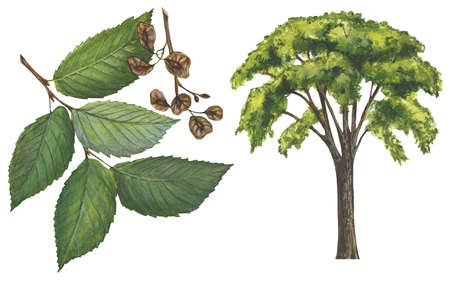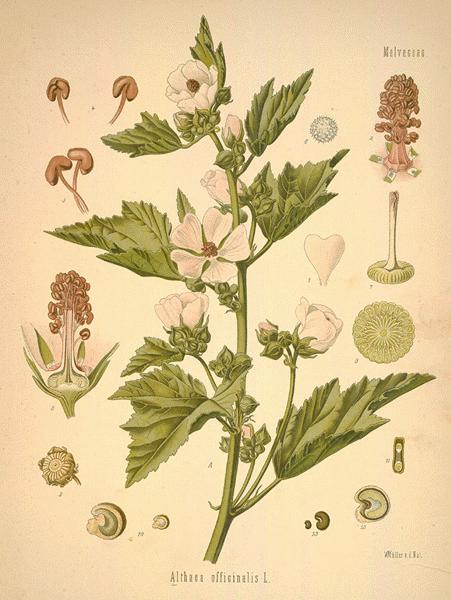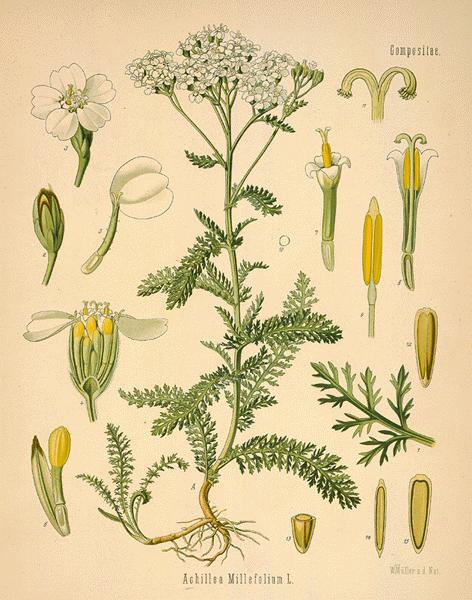Yearly Archives: 2016
Slippery Elm
- Scientific Name: Ulmus rubra
- Plant Family: Urticaceae
- Parts Used: Inner bark
- Actions: Demulcent, Emollient, Nutrient, Astringent, Vulnerary
The Basics:
The pale, aromatic inner bark of the Slippery Elm tree is considered one of the most valuable remedies in herbal practice, the abundant mucilage it contains having wonderfully strengthening and healing qualities. It can be used to make a soothing, healing medicine for sore throats, coughs, bronchitis, catarrh and stomach and bowel troubles. It also acts as a treatment for cystitis and urinary complaints.
People take slippery elm for coughs, sore throat, colic, diarrhea, constipation, hemorrhoids, irritable bowel syndrome (IBS), bladder and urinary tract infections, syphilis, herpes, and for expelling tapeworms. Because Slippery Elm bark is a soothing nutritive demulcent, it is perfectly suited for sensitive or inflamed mucous membrane linings in the digestive system. It is used for protecting against stomach and duodenal ulcers, for colitis, diverticulitis, GI inflammation, and too much stomach acid.
Slippery elm is also taken by mouth to cause an abortion.
It is often used as a food during convalescence as it is gentle and easily assimilated. In diarrhea it will soothe and astringent at the same time. Externally it makes an excellent poultice for use in cases of boils, abscesses or ulcers. Slippery elm is applied to the skin for wounds, burns, gout, rheumatism, cold sores, toothaches, sore throat, and as a lubricant to ease labor.
In manufacturing, slippery elm is used in some baby foods and adult nutritionals, and in some oral lozenges used for soothing throat pain. Continue reading
Marsh Mallow
- Scientific Name: Althaea officinalis
- Plant Family: Malvaceae
- Parts Used: The whole plant – Leaves, root, flowers.
- Actions (root): Demulcent, Diuretic, Emollient, Vulnerary
- Actions (leaf): Demulcent, Expectorant, Diuretic, Emollient, Anti-Catarrhal, Pectoral
The Basics:
All mallows, including the garden hollyhock, contain quantities of mucilage and the marsh mallow is an especially soothing, healing herb, useful in treating bronchitis, internal inflammation and irritation, for stimulating the kidneys and as a gentle laxative. Tea made from the leaves makes a soothing eye bath.
The high mucilage content of Marsh Mallow makes it an excellent demulcent (relieves inflammation). The root is used primarily for digestive problems, inflammations of the digestive tract and on the skin. The leaf is used for the lungs and the urinary system. For bronchitis, respiratory catarrh and irritating coughs consider Marsh Mallow leaf. It is very soothing in urethritis and urinary gravel. Externally, the root is indicated in varicose veins and ulcers as well as abscesses and boils.
There are many species of mallow growing around the world, often used as food or medicine and possessing similar properties. The young leaves of all the European mallows can be eaten in salads, the older leaves in soups, the roots boiled or fried and the seeds, known as cheeses, chewed fresh. They are all wholesome and their flavor faint and delicate. Continue reading
Yarrow
- Scientific Name: Achillea millefolium
- Plant Family: Compositae
- Parts Used: The whole plant – stems, leaves, flowers, collected in the wild state, in August, when in flower.
- Actions: Diaphoretic, Hypotensive, Astringent, Diuretic, Antiseptic, Anticatarrhal, Emmenagogue, Hepatic, Stimulant, Tonic, Mild Aromatic
The Basics:
Yarrow is a wound herb, astringent and healing, and rich in vitamins and minerals. Bind bruised fresh leaves to cuts, or make an ointment by pounding the flowers and mixing with coconut oil, or bathe wounds with yarrow tea. The tea is also a good tonic drink, it restores lost appetite and promotes perspiration during colds and fevers. Chew fresh leaves to soothe toothache.
Yarrow also lowers blood pressure due to a dilation of the peripheral vessels. It stimulates the digestion and tones the blood vessels. As a urinary antiseptic it is indicated in infections such as cystitis. It is considered to be a specific in thrombotic conditions associated with high blood pressure.
The flowers are often steamed and inhaled to treat hay fever and asthma and in teas for respiratory problems, as a wash for eczema and other skin conditions; and in chest rubs for cold, flu, and inflamed joints. Continue reading
Rennie Luttrull: queen-annes-lace-seeds
Rosanna: Spignel aka Bald Money
Annamarie Squatrito: Fumitory
EILEEN Klinghagen: Pumpkin
Mahmudul Hasan: Celery




